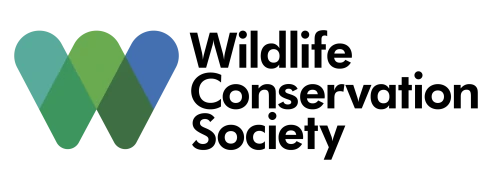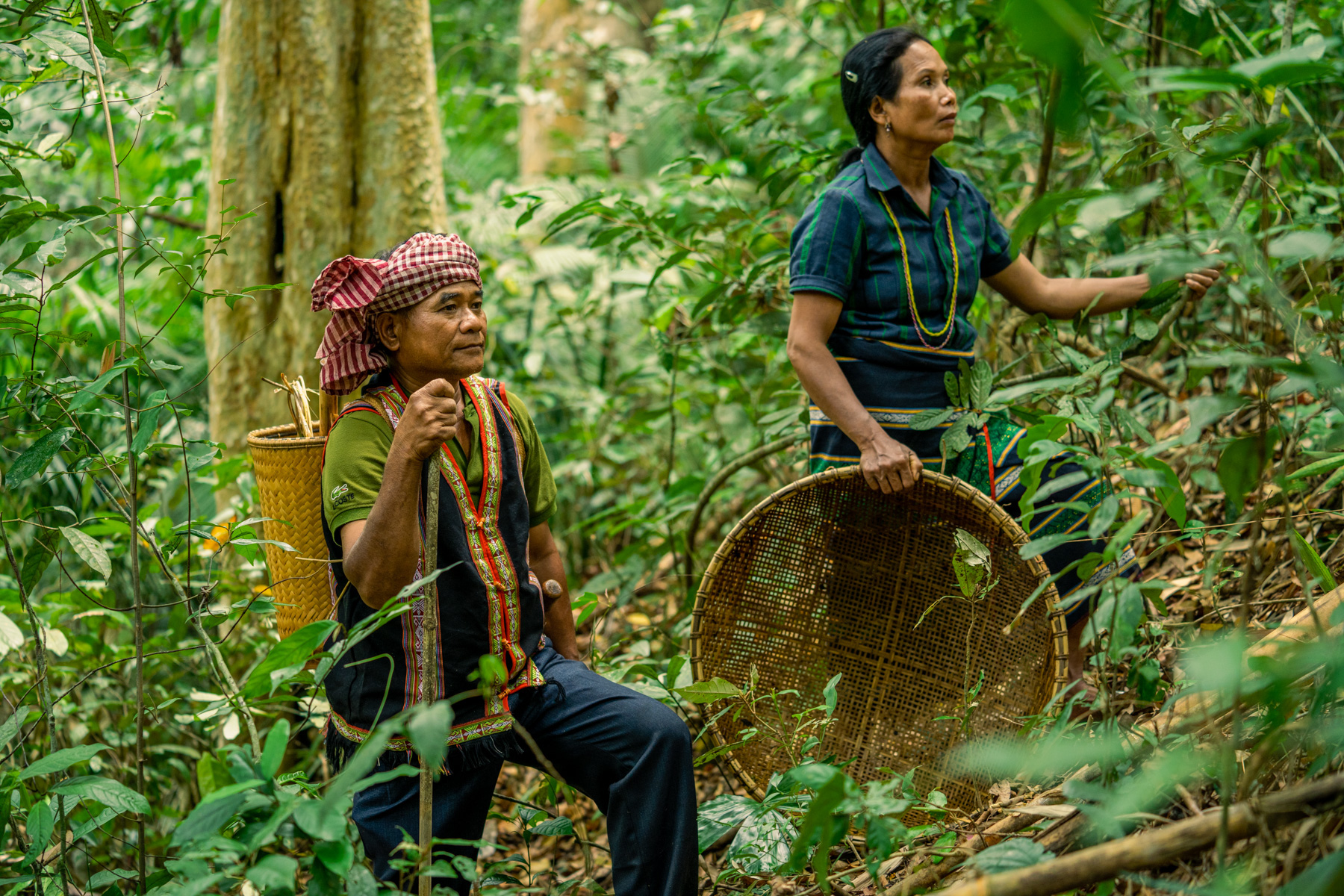The Indigenous Bungong People are vested stakeholders in protecting their traditional land and are calling on World Leaders to do their part to preserve forests and wildlife for the next generation.


The Indigenous Bunong people have deep cultural and spiritual ties to their forest. They depend on the forest both in tradition and for their livelihoods. Traditionally, they believe the forest holds spiritual protection and before going into the forest to collect any forest products, they pray and ask for permission.
“Trees in the forest are like families to the Bunong. They refer to the largest tree as grandfather and the smaller surrounding trees as parents and children.”
In terms of livelihood, from generation-to-generation, Bunong people have largely depended on non-timber forest products that can be found in the forest. The forest is where they find their main source of food, after rice. Due to excessive logging, the Bunong people have struggled to keep their traditions alive and maintain their source of food and livelihood.
During the past three months, I have visited 11 communities in and around the Keo Seima Wildlife Sanctuary REDD+ project area to learn about the Bunong people, their traditions, their livelihoods and their concerns. Most community members depend on agricultural crops – like rice, cassava, and cashew. However, those crops are struggling to produce fruitful yields due to the change of climate which heavily affects the outcome of their cultivation. They are also concerned over their health and their safety due to the effects of a rapidly changing climate.
An elder in Sre Lvi village, Ploy Nhal shared her concern with me that her village is experiencing an extreme change in climate. “Unlike previous years, thunder and wind are very strong, cassava and cashew plants have fallen down, whenever there is heavy rain, I do not dare to stay in the house (their homes typically have two levels). I assemble all my children and grandchildren under the house (the ground floor) because I am worried that they might get hurt, and afraid that the house might collapse.”
Similarly, Touch SreyRe from Sre Preah village shared with me that in recent years, her village has faced extreme hot weather, and off-season rain that heavily affects her community. “We are strongly affected. Firstly, it is affecting our health. Secondly, we have difficulty in travelling, due to slippery and unsafe road conditions. This impacts our business, and even if we are not farming, we are afraid of the thunder and lightning.” In response to what has caused this change in climate, Theoung Dim an elder in Ou Chra village shared that “this change in climate is caused by deforestation which leads to storms, heavy rain, and landslides.”
Speaking with different community members, there is clear testimony on why we should protect and conserve this important ecosystem. Forests are a crucial part of our lives. Not only for the local people who live close to them, but also for all living creatures on earth. Forest communities are the ones who are most directly impacted by climate change, yet, if we continue to not take care of our environment, we will all feel the negative impacts in the near future. It’s already happening in communities around the world. Therefore, everyone has a role to play in making a better and healthy planet.
Peon Sojun, a community member in Sre Preah village, expressed that conservation work is very important because it allows for the protection of forests from massive deforestation, provides shelter for wild animals, and protects the planet from overheating. She also urges everyone to take part in conservation.
“I call for everyone to take part in protecting forests. To protect wildlife from extinction, and to plant more trees for the next generation, so they can know and learn about the rich biodiversity that we have.”
Moreover, I want the project to continue to support communities in their aims for development and especially in protecting our forests and our natural resources to last to the next generation.”
